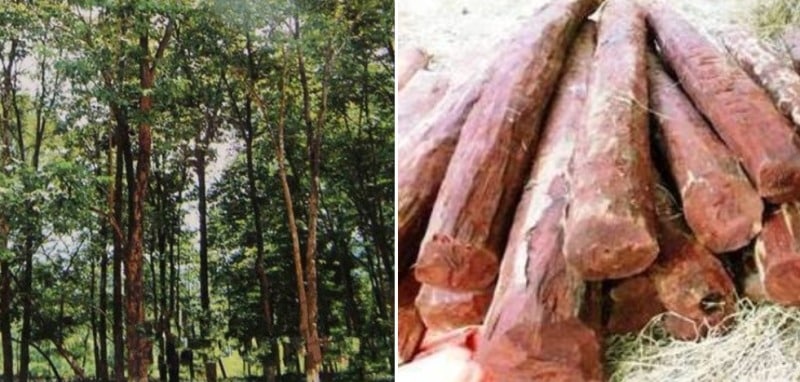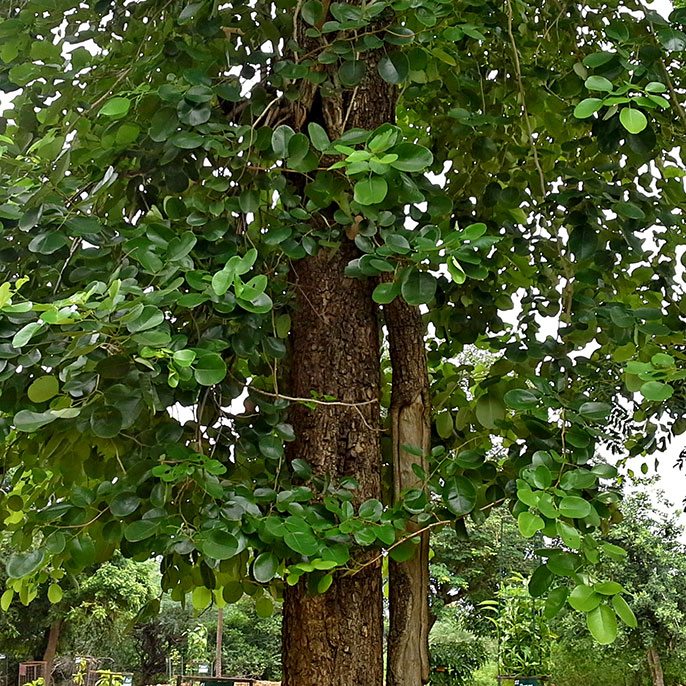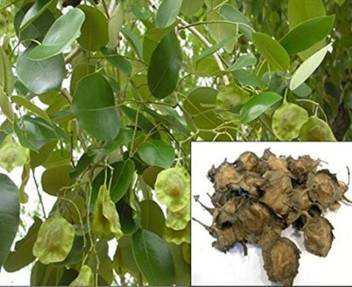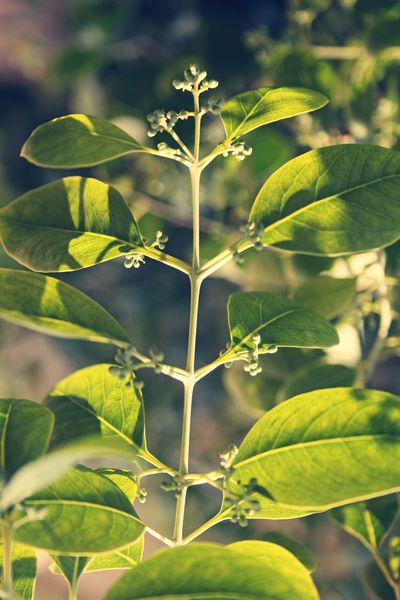Pterocarpus santalinus with the common names red sanders red saunders red sandalwood rakt chandan and saunderswood is a species of pterocarpus endemic to the southern eastern ghats mountain range of south india.
Red sandal tree plantation in india.
Sandalwood tree is called as wooden gold.
This tree is valued for the rich red colour of its wood.
Sandalwood plantation subsidy in karnataka.
Cultivation of sandal in india is less attempted though the potential is high.
In india sandalwood tree also popular as a chandan or srigandha and it is the most expensive tree plant.
Financial benefits of red sandalwood plantation.
Red sandalwood by doing systemic and organized cultivation for 12 15 years we can achieve an optimum output of heartwood.
Red sandalwood cultivation is having very high demand worldwide the trees will grow only in south india.
The oil obtained from sandalwood plants is best utilized in cosmetics and aromatherapy.
Get latest info on red sandalwood plants suppliers manufacturers wholesalers traders wholesale suppliers with red sandalwood plants prices for buying.
The scientific name of red sandalwood tree is pterocarpus santalinus.
The wood is not aromatic.
The sandalwood tree connects its root system to that of the host tree in order to get the nutrients it needs.
Sandalwood plantation is a precious tree used in medicinal properties and for carvings.
Different names of red sandalwood is almug saunderwood red sanders red sanderswood red saunders rakta chandana indian lal chandan ragat chandan rukhto chandan.
Ideally you should plant your sandalwood next to an already established host species such as long lived wattles acacia trees or casuarinas a genus of tropical evergreens including ironwoods and sheoaks.
Sandalwood is often cited as one of the most expensive woods in the world.
We offer all kinds of red sandal in whole india for support for any assistance contact us.
Sandalwood tree and snake.
Sandalwood oil is extracted from the woods for use.
Sandalwood is a class of woods from trees in the genus santalum the woods are heavy yellow and fine grained and unlike many other aromatic woods they retain their fragrance for decades.
Sandal trees freely produce seed and natural regeneration occurs both via seedlings and through root suckers after trees have been uprooted and the stump removed from the ground.
The tree is not to be confused with the aromatic santalum sandalwood trees that grow natively.
Sandalwood trees are popular for its beautiful fragrance and its wood materials are used from centuries.
Sandalwood is light demanding and can be easily suppressed by faster growing species.
Recent auctions of a p.
It is a highly profitable business in the.
Find here details of companies selling red sandalwood plants for your purchase requirements.




























